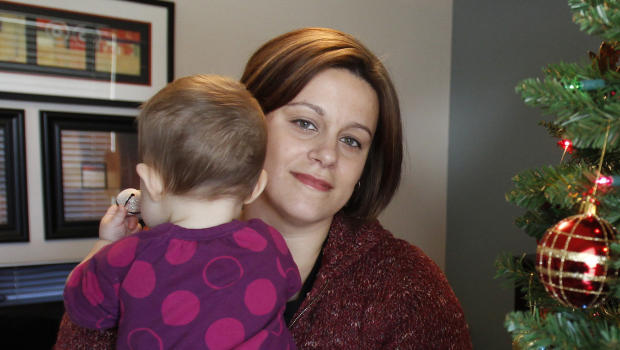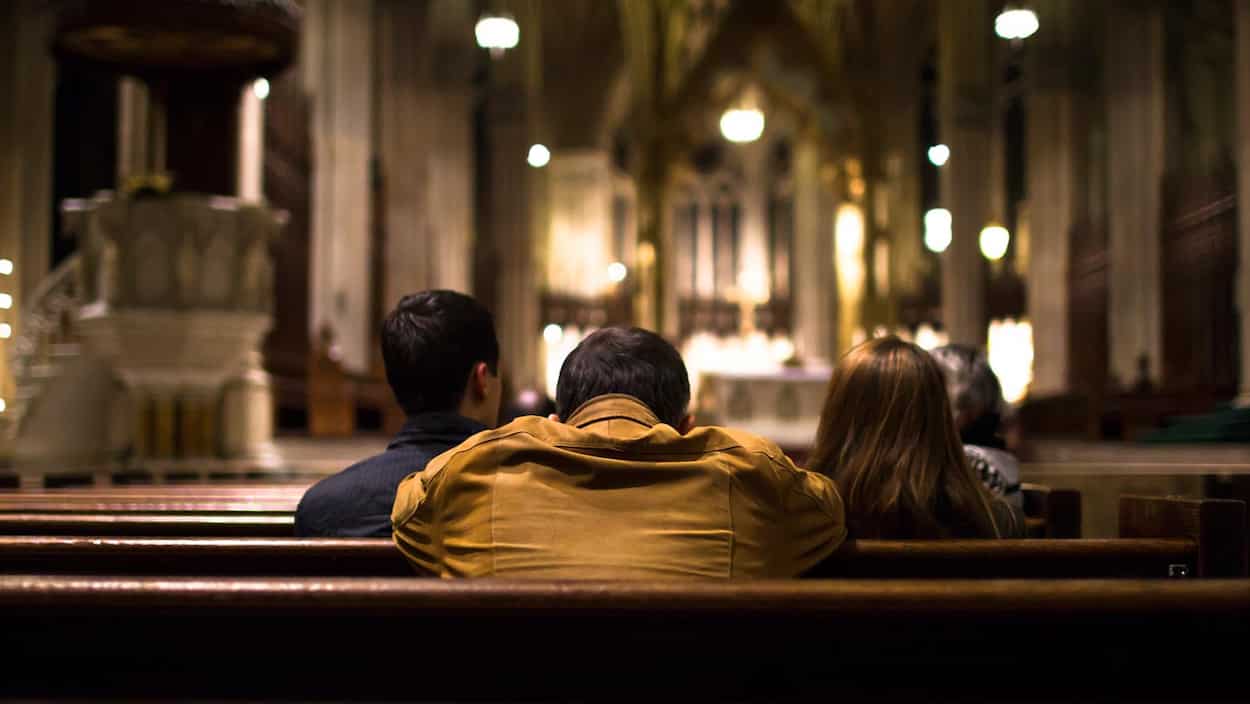
Picture this: It wasn’t easy, but you and your husband were able to set aside enough money so that you could remove your ten-year-old daughter from the public school and enroll her at a Catholic school where you expected her to get a good education in a wholesome moral environment. After the first day of school, your picked her up and had this conversation:
You: How was your first day of school, Honey?
Daughter: Fine.
You: Tell me about it. Did you meet some nice kids?
Daughter: They all seem nice. I met a girl named Samantha. I think we are going to be good friends.
You: That’s wonderful! And how are the teachers? Do you like the teachers?
Daughter: They are strict, but I like them. (She pauses.) Mom, what’s a lesbian?
You (taken aback): Why do you ask?
Daughter: Because my computer teacher says she’s a lesbian and that she’s going to have a baby.
Now the reader might be thinking, “Well, I suppose in a public school that could actually happen, but not in a Catholic school. Impossible!”
No, not impossible. It really happened.
In 2010, Christa Dias, who taught in two Archdiocese of Cincinnati schools, told one of her principals that she was pregnant through artificial insemination and that she was also a lesbian. The Archdiocese fired her because she had violated a clause in her contract that declares that employees must “comply with and act consistently in accordance with the stated philosophy and teachings” of the Church.
Ms. Dias said she loved teaching and considered herself to be “a good teacher and a good moral person.” She was not a Catholic and claimed she had no idea that the Church was opposed to artificial insemination.
She also believed that her civil rights had been violated, and so she sued the Archdiocese. Her lawyer argued that his client had been fired simply because she was pregnant and unmarried, and that was a violation of federal and state anti-discrimination laws.
The trial began on May 28 of this year. The lawyer for the Archdiocese based its defense upon the “ministerial exception,” a concept vaguely defined by the Supreme Court last year in Hosanna-Tabor Evangelical Lutheran Church and School v. Equal Employment Opportunity Commission. The Court unanimously decided that federal employment-discrimination laws do not apply to religious institutions because such institutions are protected by the First Amendment’s freedom of religion and establishment clauses. Regarding personnel decisions, if a religious institution determines that an employee has religious (ministerial) duties, then decisions of hiring or firing are beyond the purview of state or federal governments.
And it was Ms. Dias’s duties that became the crux of the trial. The Archdiocese said that she was a ministerial employee. Her lawyer said she was simply a computer technology teacher.
The jury ruled in favor of Ms. Dias, deciding that she had no religious duties and was, therefore, not covered under the ministerial exception. It then awarded her $171,000 for back pay and “damages.” The Archdiocese is considering appealing the decision, or it might simply write employee contracts with such specificity that such future lawsuits might be avoided. (as if that would deter a lawyer)
The significance of this decision goes far beyond Cincinnati. It goes to the very heart of the purpose of religious schools and the role of their teachers. Apart from academics, a religious school exists to impart moral values, and it does this by not only teaching fundamentals of the faith, but also by providing a faith-filled environment that proclaims to the students, “This is what we believe, and we act according to that belief.” If a religious school does not do this, it has no reason to exist.
For the most part, it is the teachers who create this environment. Teachers are more than individuals who simply use spoken and written words to transmit knowledge to students. Who they are and how they live are as important as the information they impart. In a religious school setting, it is even more important.
And so what did Ms. Dias impart? Her “lessons” were that the homosexual lifestyle is perfectly normal and that artificially producing a baby is a “right” to which she is entitled. Also, if the Catholic Church has a problem with that, then the Church is wrong and discriminatory.
After the trial, Ms. Dias said she sued the Archdiocese for “my daughter’s sake, so she knows it’s important to stand up for what’s right.”
How noble. As for all her students, whose innocence had to be shattered by their teacher’s actions, well, I guess they would just be collateral damage.
In his concurring opinion in the Hosanna case, Judge Alito wrote the following: “Religious teachings cover the gamut from moral conduct to metaphysical truth, and both the content and the credibility of a religious message depend vitally on the character and conduct of its teachers.” Amen, Your Honor.
A memo to the Archdiocese of Cincinnati: Precedent is on your side. Appeal the decision. If it is allowed to stand, Catholic schools will have no control over the actions of their teachers, and the result will be the death of parochial education.








